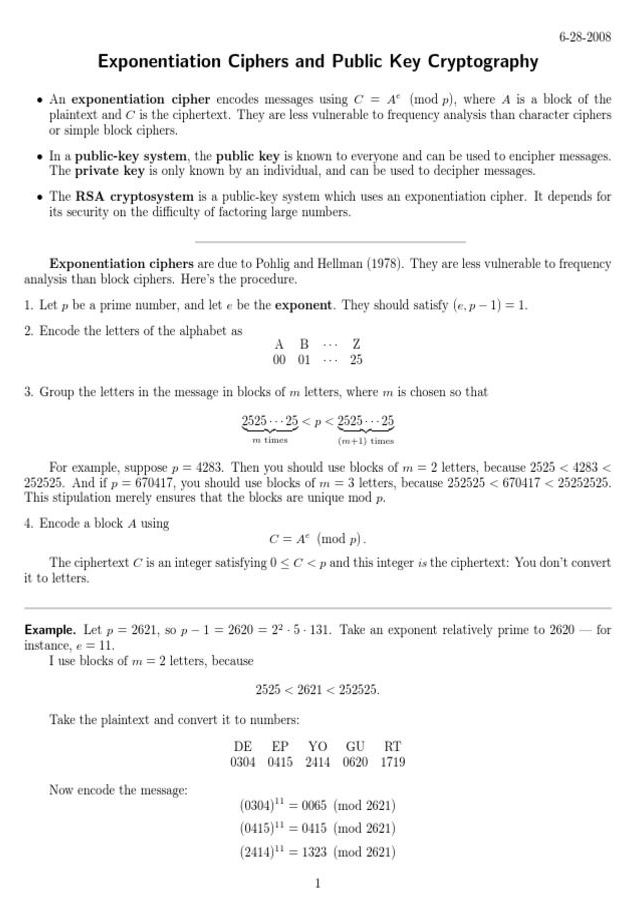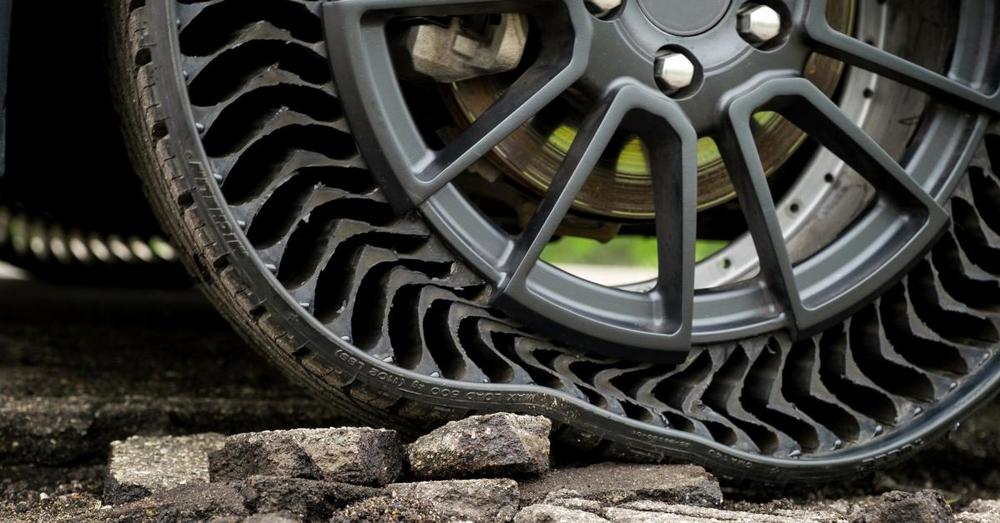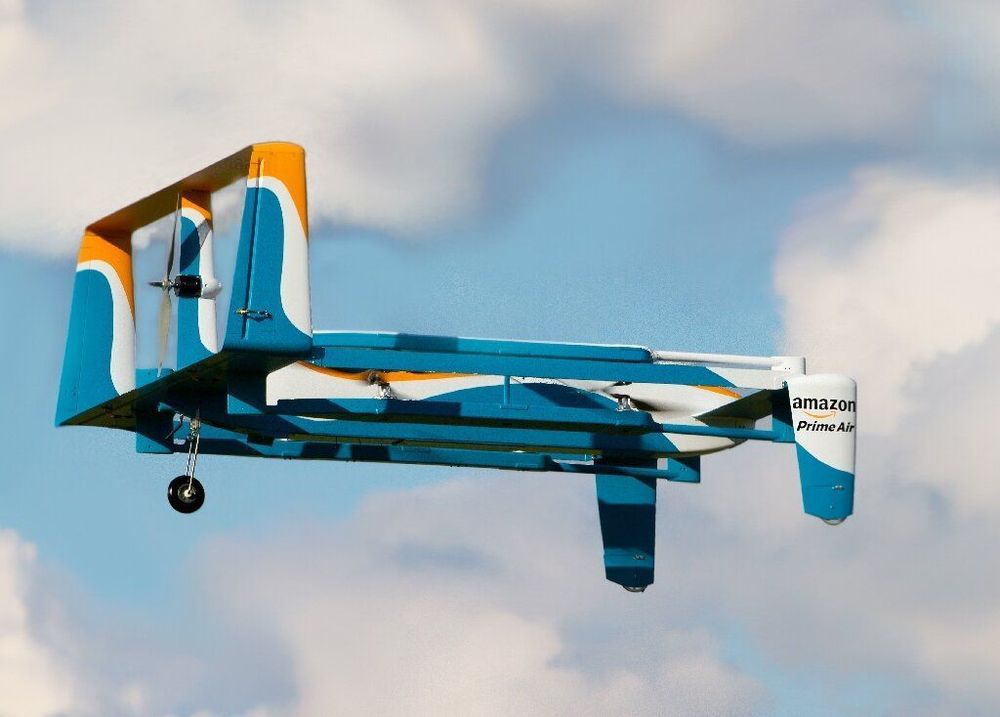On a hilly site near Mexico City, architect Javier Senosiain has created a remarkable home inspired by the shape of a peanut.




RSA Encryption is an essential safeguard for our online communications. It was also destined to fail even before the Internet made RSA necessary, thanks the work of Peter Shor, whose algorithm in 1994 proved quantum computers could actually be used to solve problems classical computers could not.


Michelin and General Motors have teamed up to literally reinvent the wheel with a new generation of high-tech airless tires.
The automotive companies’ Uptis (Unique Puncture-proof Tire System) prototype grabbed headlines after it was presented at the Movin’On Summit on sustainable mobility in Montreal this week.
It doesn’t have a traditional sidewall and carries a load by the top via a resin-embedded fiberglass material that Michelin already has 50 patents for, according to Car and Driver.


At its re: Mars conference, Amazon’s CEO Jeff Bezos took the stage today to be “interviewed” by Jenny Freshwater, Amazon’s director of forecasting. As any AWS machine learning tool could have forecasted, having an employee interview her boss didn’t lead to any challenging questions or especially illuminating answers, but Bezos did get a chance to talk about a variety of topics, ranging from business advice to his plans for Blue Origin.
We can safely ignore the business advice, given that Amazon’s principle of “disagree and commit” is about as well known as it could be, but his comments about Blue Origin, his plans for moon exploration and its relationship to startups were quite interesting.

He noted that we now know so much more about the moon than ever before, including that it does provide a number of resources that make it a good base for further space exploration. “The reason we need to go to space is to save the Earth,” he said. “We are going to grow this civilization — and I’m talking about something that our grandchildren will work on — and their grandchildren. This isn’t something that this generation is able to accomplish. But we need to move heavy industry off Earth.”


Amazon said Wednesday it expects to begin large-scale deliveries by drone in the coming months as it unveiled its newest design for its “Prime Air” fleet.
Jeff Wilke, head of Amazon’s consumer operations, told the company’s Machine Learning, Automation, Robotics and Space conference in Las Vegas that drones would play a role in ramping up efforts to shorten delivery times for many items to just one day for Amazon Prime members.
“We’ve been hard at work building fully electric drones that can fly up to 15 miles (25 kilometers) and deliver packages under five pounds (2.3 kilos) to customers in less than 30 minutes,” Wilke said in a blog post.